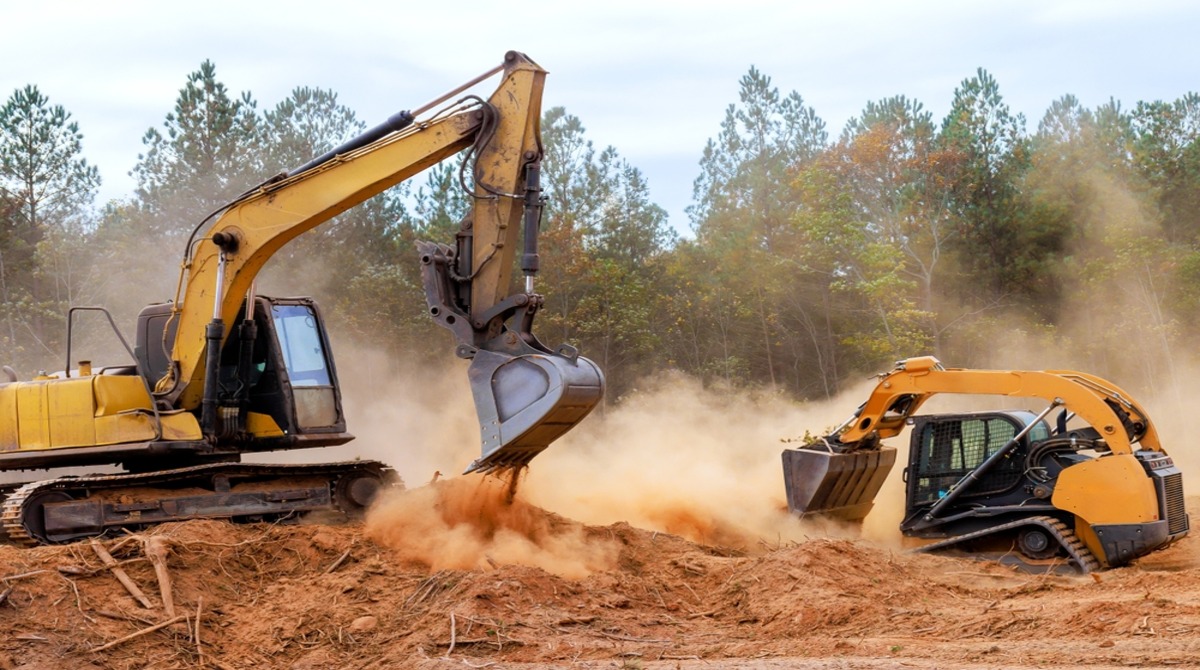
The Yonge North Subway Extension is one of the most ambitious infrastructure projects underway in the Greater Toronto Area. Infrastructure Ontario and Metrolinx have officially launched the next major phase — a request for qualifications (RFQ) for the design and construction of five new subway stations. This move marks a significant milestone toward expanding TTC’s Line 1 subway service eight kilometres farther north from Finch Station into York Region.
Expanding the Reach of Toronto’s Subway Network
The Yonge North Subway Extension will introduce five modern stations:
- Steeles
- Clark
- Royal Orchard
- Bridge
- High Tech
Three of these stations will be underground, while the other two will be built at surface level, strategically positioned to enhance connectivity and convenience for commuters. When complete, this expansion will serve over 94,100 daily boardings and shorten travel times by up to 22 minutes for residents traveling between York Region and downtown Toronto.
Railway Pro reports that the new line will seamlessly connect to multiple transit options, including Richmond Hill GO trains, Highway 407 GO buses, and York Region Viva rapid transit, helping reduce congestion and pollution. In fact, projections indicate that the extension will eliminate over 7,700 km of morning rush-hour vehicle travel and cut annual greenhouse gas emissions by 4,800 tonnes.
The Design and Construction Vision
The RFQ covers the detailed design and construction of stations, rail and signal systems, and key infrastructure such as emergency exit buildings, a train storage facility, and utility relocation work. Modifications at Finch Station will also be completed to link the new extension to the existing TTC Line.
The new stations are designed with a modern architectural focus, prioritizing accessibility, safety, and user experience. Spacious concourses, escalators, elevators, and natural light integration will ensure that the passenger experience is both efficient and inviting.
First Look: The Five New Stations
Steeles Station
Located on the boundary between Toronto and York Region, Steeles Station will serve as the southern gateway of the extension. The station will put the subway within walking distance for 8,600 residents and 3,400 jobs. A major bus terminal will link Toronto and York Region routes, as well as a proposed rapid transit line along Steeles Avenue.
Clark Station
Clark Station will anchor connectivity in Vaughan, giving 8,100 residents and 1,900 jobs access to the subway. It will be a vital interchange with future Viva Orange service, improving transit access to communities along Bathurst and Centre corridors and the Promenade Centre development area.
Royal Orchard Station
Located in Thornhill, this underground station will place 7,300 residents and 1,300 jobs within walking distance. Royal Orchard Station will strengthen the region’s accessibility while supporting community growth and urban mobility.
Bridge Station
Set between Highway 7 and Highway 407, Bridge Station will become a central hub in Richmond Hill. It will connect directly to the existing Langstaff GO Station, offering seamless transitions between subway and GO train service. The design allows buses to connect efficiently without major detours, ensuring rapid movement through one of York Region’s busiest growth centres.
High Tech Station
This surface-level station will serve the future Richmond Hill Centre community. Positioned beneath the High Tech Road bridge, it will be within walking distance for 5,500 residents and 2,300 jobs — supporting the evolving urban core that will define Richmond Hill’s skyline by 2041.
Infrastructure and Workforce Impact
Construction of the Yonge North Subway Extension will create approximately 4,300 jobs annually during its multi-year build. These opportunities span across numerous skilled trades and engineering disciplines, including:
-
Heavy Equipment Operators – for excavation, grading, and tunnelling support.
-
Electricians and Signal Technicians – installing power systems, lighting, and signaling infrastructure.
-
Ironworkers and Rebar Specialists – assembling structural reinforcements for stations and tunnels.
-
Concrete Finishers and Form Setters – essential for platforms, walls, and track slabs.
-
Carpenters and Drywall Installers – building station interiors and service spaces.
-
HVAC and Mechanical Installers – providing climate control and ventilation systems.
-
Utility and Pipeline Workers – handling complex relocations for water, sewer, and electrical services.
-
Elevator and Escalator Technicians – ensuring accessibility standards and passenger flow efficiency.
-
Surveyors and Civil Engineers – maintaining precision and safety through every construction phase.
-
Project Managers, Safety Inspectors, and Quality Control Teams – overseeing performance, compliance, and coordination among trades.
Preparing for a Smoother Commute
Preparatory work is already well underway. Tunnelling contracts have been awarded, utility relocations are progressing, and early upgrades at Finch Station have been completed. Excavation for the launch shaft, where tunnel boring machines will begin their journey, is expected soon. Once operational, the extension will connect more than 26,000 new residents and nearly 23,000 employees to fast, efficient subway service.
A Modern Vision for Tomorrow’s Transit
This extension is more than an engineering feat — it’s a transformative investment in mobility, sustainability, and the local workforce. Each station’s modern design will emphasize clean lines, natural light, and intuitive layouts, ensuring long-term functionality and safety for millions of riders. Beyond moving people, the Yonge North Subway Extension will help drive economic growth, reduce emissions, and create thousands of skilled jobs that power Ontario’s infrastructure future.
Posted by Judy Lamelza






